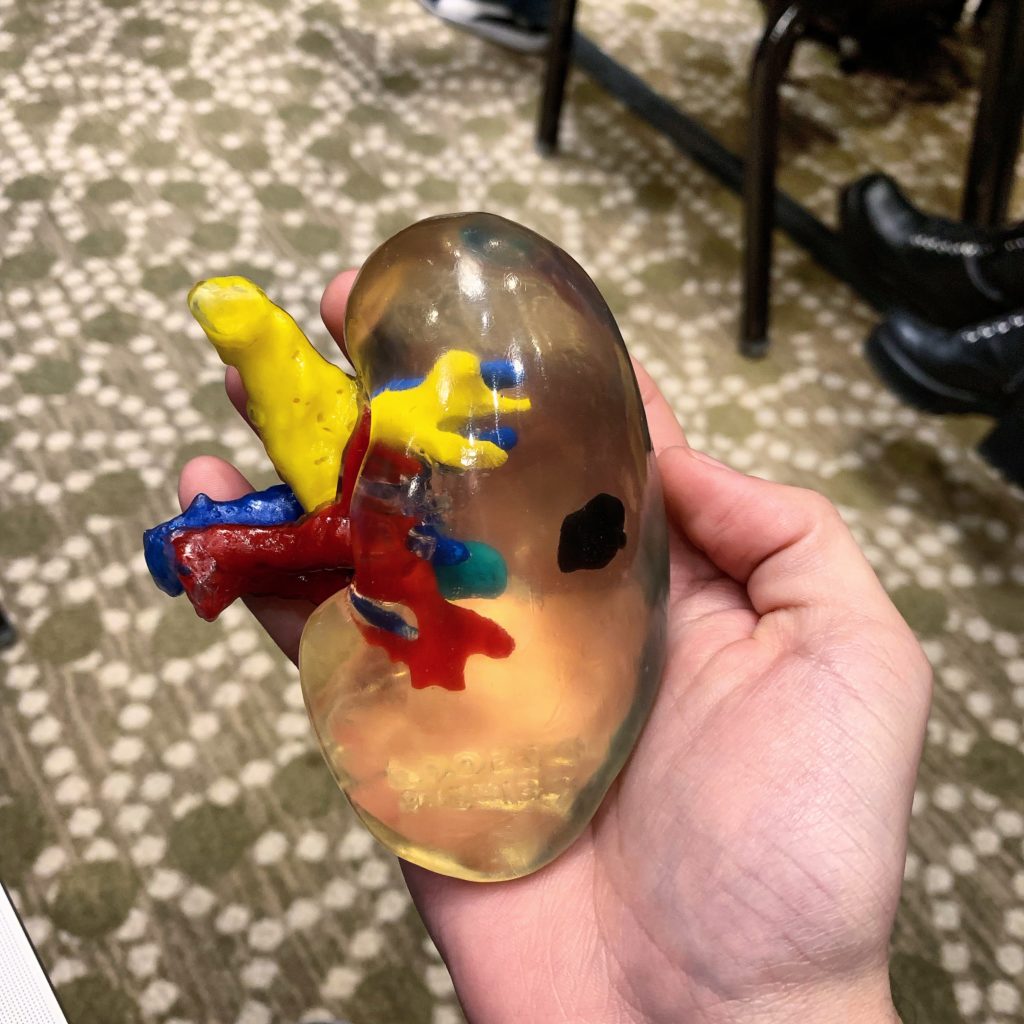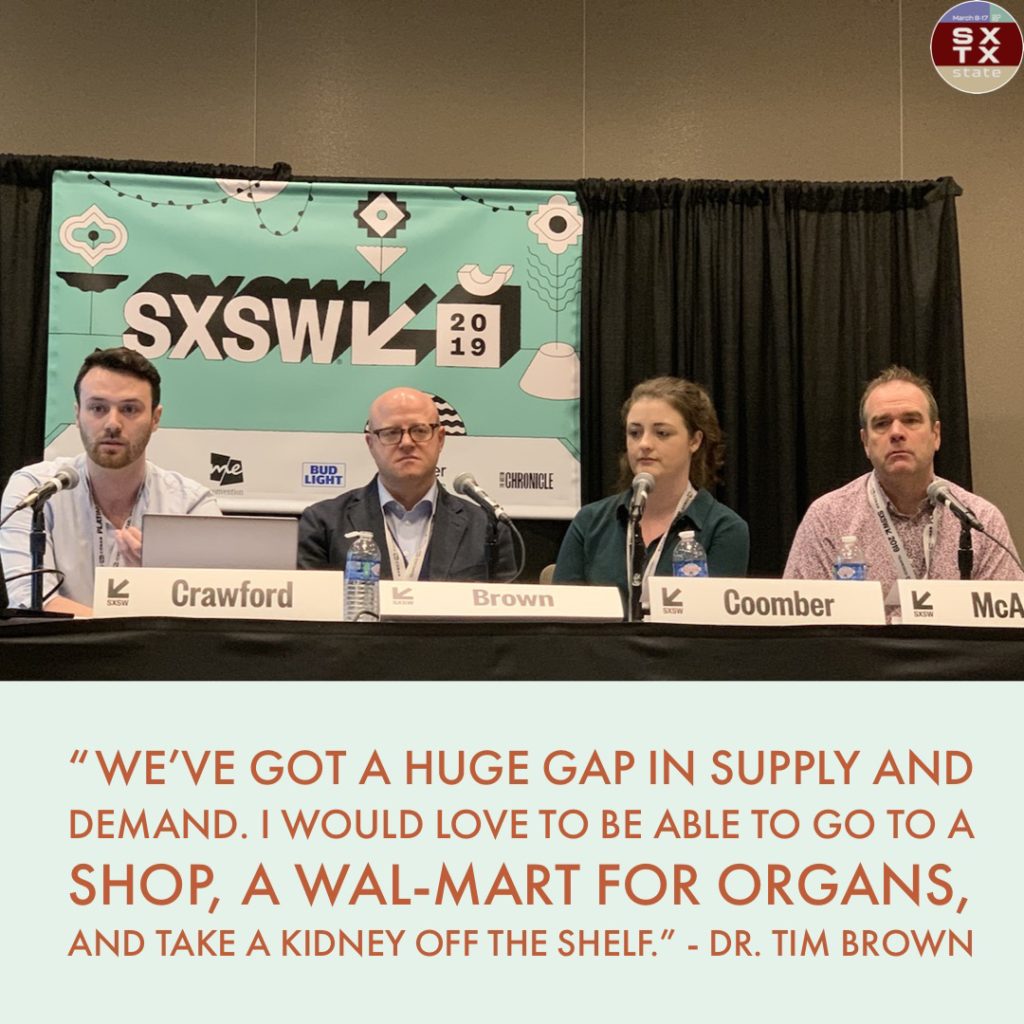
A woman in the United Kingdom had issues with her kidneys her whole life. On and off dialysis, too many prescriptions to count, more doctors visits in a year than some people have their whole life. The situation was far less than ideal. When it came time to look into transplants, some good news surfaced: her father was a match.
This good news was quickly spoiled, however. Her father’s kidney had a small tumor embedded just inside the right edge of the organ, MRI scans revealed. Despite the tumor, the kidney was still functioning and, with careful removal of the tumor, could still be transplanted to the daughter.
This tumor was tricky. It was completely embedded inside the kidney, so none of it was visible from the surface of the organ — making the first incision in the tumor removal process especially challenging. The surgeon needed to cut as little as possible to keep as much functioning kidney as possible for transplant. If only there were a way to see the tumor before the actual surgery.
Using thousands of scans of the father’s kidney, a series of algorithms and the latest 3D printing technology, axial3d did just that — created an exact replica of the kidney, the tumor and the vessel going in and out of the organ, in transparent material so the surgeon could see where to make the crucial incisions. In doing so, the surgeon made the minimum amount of cuts and saved the maximum amount of tissue, leaving the father tumor free and the daughter with a functioning kidney.
This story was told in the panel Tumors, Transplants and Technology: AI for Life, where the team behind the 3D-printed kidney and the surgeon who performed the procedure discussed the process and what comes next. While this scenario seemed groundbreaking, Dr. Tim Brown, said 3D printing has the ability to reduce the shortage of organs needed for transplant.

Particularly, when 3D-printing materials are developed that can serve as actual functioning tissue, the idea of a shop for organs won’t be that far off. Cathy Coomber, axial3d’s operations manager, discussed the future of 3D printing in medicine and what her company is looking forward to.

Comments are closed, but trackbacks and pingbacks are open.